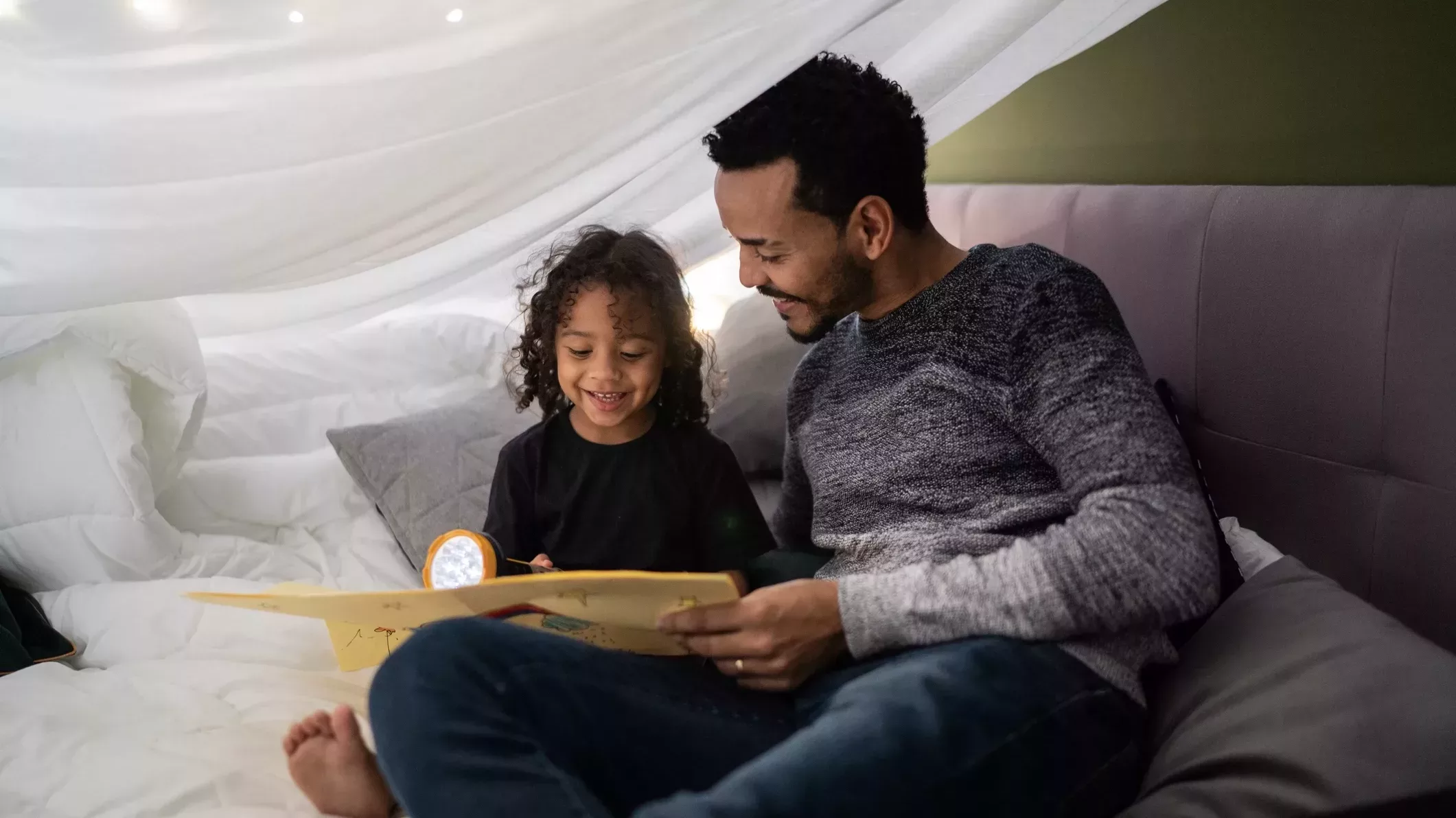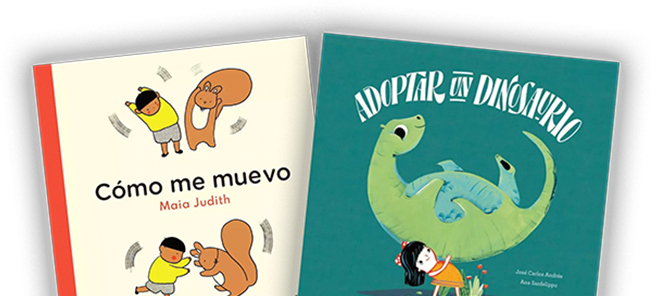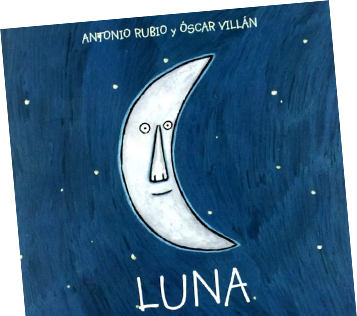
If you are a parent fluent in two languages, you have the uniquely wonderful opportunity to positively influence your child’s life by sharing the gift of bilingualism! Raising your child in a bilingual household prepares them to reap lifelong benefits, including the ability to be more socially adept, to develop an educational advantage, and to expand their cultural knowledge.
Numerous academic and scientific studies reveal that children who are exposed to a second language from infancy through childhood develop a stronger prefrontal cortex. This part of the brain is associated with cognitive thinking, expression, behavior, and awareness. When a child grows up in a bilingual setting, they are said to acquire valuable skills related to focusing, planning, and decision-making—skills that can contribute to high test scores, effective communication, and advanced creativity.
At Sol Book Box, we value how much time, thought, and effort parents like you put into raising bilingual kids, and a huge part of our mission is to support you through every stage of that journey. We hope you find these tips useful!
1. Focus On Authentic, High-Quality Books
This first one is perhaps a no-brainer, but it's still worth underscoring. Authentic books published in the author’s native tongue are your most valuable tool, as they tend to contain culturally relevant themes, settings, and characters to help your child meaningfully connect with the language. Start here!
2. Seek Out Well-Translated Books, Too
There are, of course, also so many fantastic children’s books written in the English language. Many of these books have been widely translated to Spanish and other languages. But all translations are definitely not the same! Do you research, read reviews from reputable book sellers, and note the names of your favorite translators as you build your child's library.
3. Don’t Forget About Dual Language Books
Many publishers release dual language titles designed to help you teach your child how to become bilingual. A dual language book features sentences written in both languages on the pages. Therefore, these types of books encourage your child to begin to learn the vocabulary and pronunciations associated with both languages at the exact same time. It’s also helpful for children to visually study the words on the page, that way they can begin to recognize that there are differences between the languages. Spanish, for instance, uses a unique accent mark called a tilde that looks like this: ñ. You can also point out to your young reader how sentences in Spanish feature an upside-down exclamation mark, ¡, at the beginning of the sentence, and then a right side up exclamation mark, !, at the end. Remember, when you’re teaching a child a second language, you’re training not only their tongues, but also their ears and eyes!
4. Consider a book box subscription
To help you find and collect high-quality books for inclusion in your child’s home library, you may consider enrolling in a subscription book box. Here at Sol Book Box, we specialize in curating Spanish book boxes for infants through young school-age children, and we source many of our titles from leading publishers in Latin America, Spain and other countries. Our mission is to engage and excite your niño and make reading in Spanish pleasurable through and through!
5. Add Music and Movement
If you’re reading in a second language, don’t forget that you can also sing in that second language! Children love music and usually respond well to opportunities that encourage them to sing, dance, and clap along. Find some upbeat Spanish songs that you and your child can sing together before, during, or after you’ve finished reading a book. We bet your little bilingual bookworm will be singing along with you in no time! It’s also worth noting that music is not only enforces language, but also cultural awareness because each culture has composed and passed down their own unique rhythms and melodies.
6. Listen to Audiobooks
Audiobooks are incredibly valuable tools that you and your child can listen to together on at home, in the car, or wherever you see fit. Listening to a parent or another adult share stories tends to capture a child’s attention. Introduce your children to audiobooks that are told in one or both languages. The more your child reads and listens, the more they’ll grasp the differences and similarities between the two languages, and this can generously aid in their overall language development.
7. Attend a Bilingual Storytime Session
Libraries are wonderful places, and it’s possible that your local library hosts a bilingual storytime. If that’s the case, take advantage of it. Conversely, if your library does not offer a bilingual storytime for children and their parents, perhaps you can suggest that they consider one. Libraries, after all, are full of excellent resources, and librarians in the children’s department always seem to be open to new ideas that will encourage people in the community to participate in events. Just like you, librarians want to help children grow and thrive by making books and language a big part of their lives.
8. Involve Family Members and Friends
If you have some bilingual family members and friends, consider asking them to read to your child whenever possible. Just imagine how your child will feel when they realize that other people with whom they’re familiar also know how to read/speak a second language! Even if your bilingual family or friends don’t live nearby and can’t read with your child in-person, there’s always the option to set up a weekly facetime session.
By the way, if you don’t have any bilingual family members or friends living nearby, you may want to inquire if there are other bilingual families with small children residing near you. If so, why not initiate a playdate? It’s never too late to make new friends! Besides, how exciting would it be for bilingual children to get together and help each other learn and converse?
No matter your child’s current age, follow these tips to help you raise an enthusiastic reader who can, before you know it, become as fluent in two languages as you are! We trust that one day your child will thank you for all the efforts you’re making, all the resources you’re seeking, and all the strategies you’re applying to help them become bilingual. Bilingualism is sure to open up so many doors for them as they continue to grow, mature, and find their place in this big, beautiful, multicultural world.




